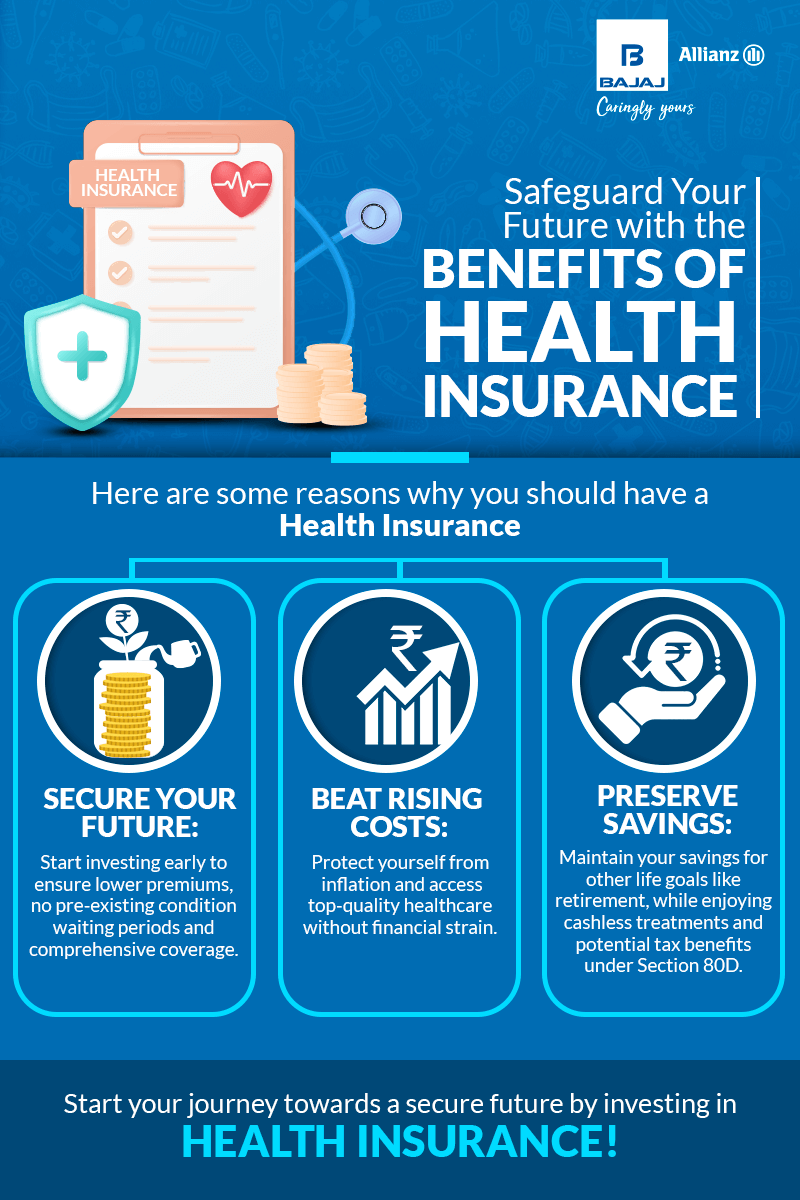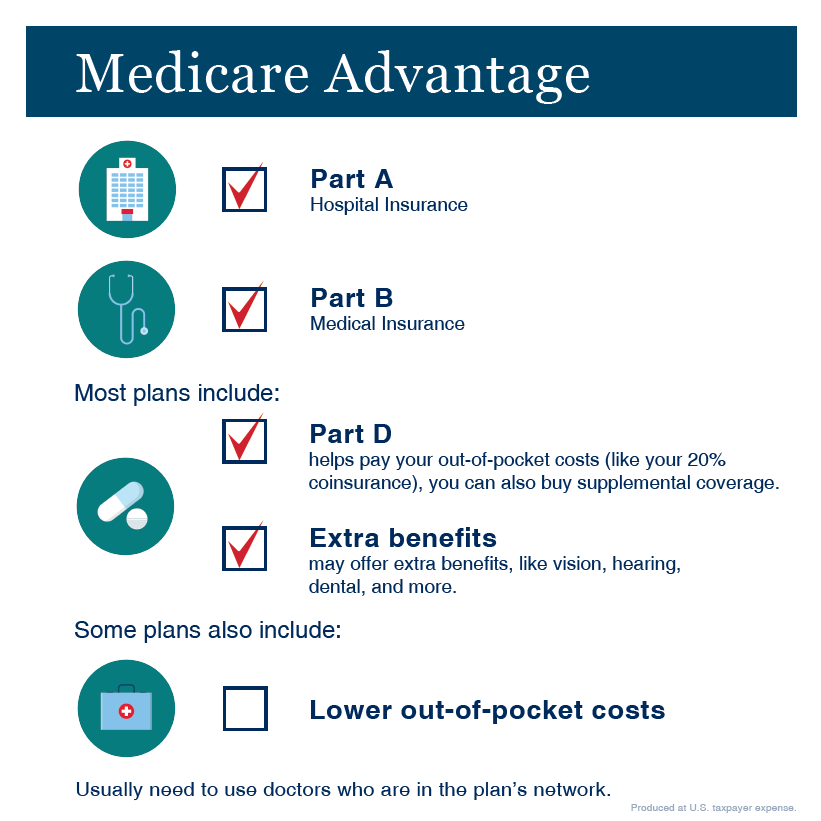Not known Facts About Medicare Advantage Agent
Table of ContentsA Biased View of Medicare Advantage AgentThe Definitive Guide to Medicare Advantage AgentThe Ultimate Guide To Medicare Advantage Agent


follows from adheres to the relatively young age profile of the uninsured with the better healthMuch better health and wellness average, of younger personsMore youthful For those without accessibility to work environment health insurance, bad health and wellness is a potential obstacle to acquiring nongroup protection due to the fact that such coverage might be highly priced, omit pre-existing conditions, or be merely inaccessible. Unless or else noted, nationwide quotes of people without wellness insurance and proportions of the population with various kinds of coverage are based on the CPS, the most extensively made use of source of price quotes of insurance policy protection and uninsurance rates.

Fascination About Medicare Advantage Agent
Over a three-year period starting early in 1993, 72 million individuals, 29 percent of the united state populace, lacked protection for at the very least one month. Within a single year(1994), 53 million individuals experienced at least a month without coverage(Bennefield, 1998a). 6 out of every 10 uninsured adults are themselves used. Although working does boost the likelihood that a person and one's member of the family will certainly have insurance, it is not a guarantee. Also participants of households with two full time breadwinner have practically a one-in-ten opportunity of being uninsured (9.1 percent without insurance rate)(Hoffman and Pohl, 2000 ). The partnership in between medical insurance and access to care is well established, as documented later in this chapter. Although the connection between health insurance policy and wellness results is neither straight nor basic, an extensive clinical and health and wellness services research study literary works web links medical insurance protection
to enhanced access to care, far better top quality, and boosted individual and populace wellness condition. The second report, on individual wellness end results for uninsured adults, is stood for by the inner circle of the figure, while the 3rd report, on family well-being, includes the subjects of the 2nd report but emphasizes a different device of evaluation, specifically, the family. The 6th report in the collection will certainly offer details about strategies and efforts taken on locally, statewide, or across the country to address the lack of insurance policy and its damaging impacts. Degrees of analysis for analyzing the results of uninsurance. This conversation of medical insurance coverage concentrates mostly on the U.S. population under age 65 because essentially all Americans 65 and older have Medicare or other public insurance coverage.
Moreover, it focuses specifically on those with no wellness insurance for any size of time. The problems encountered by the underinsured are in some areas similar to those encountered by the uninsured, although they are generally much less serious. Uninsurance and underinsurance, nonetheless, involve noticeably various plan issues, and the methods for addressing them may vary. Throughout this research and the 5 records to comply with, the major emphasis is on individuals without health insurance policy and hence no aid in spending for health treatment past what is available through charity and safety and security internet organizations. Medical insurance is an effective aspect influencing receipt of treatment because both clients and physicians respond to the out-of-pocket price of solutions. Medical insurance, nonetheless, is neither essential nor adequate dig this to get to clinical solutions. Nonetheless, the independent and direct impact of health
insurance protection on accessibility to health and wellness solutions is well developed. Others will get the wellness care they need also without health insurance policy, by spending for it expense or seeking it from providers that supply care free or at highly subsidized rates. For still others, medical insurance alone does not guarantee receipt of treatment due to the fact that of various other nonfinancial obstacles, such as a lack of health and wellness care providers in their area, limited access to transportation, illiteracy, or linguistic and cultural differences. Formal research study regarding uninsured populaces in the USA dates to the late 1920s and very early 1930s when the Board on the Cost of Treatment produced a collection of reports regarding funding physician workplace sees and hospital stays. This problem ended up being significant as the numbers of medically indigent climbed during the Great Clinical depression. Empirical studies continually sustain the web link in between access to care and improved health and wellness outcomes(Bindman et al., 1995; Starfield, 1995 ). Having a regular resource of care can be taken into consideration a predictor of accessibility, instead of a straight step of it, when wellness end results are themselves utilized as access indicators. This extension of the idea of access dimension was made by the IOM Committee on Checking Access to Personal Wellness Care Services(Millman, 1993, p. Whether parents are guaranteed shows up to impact whether or not their kids receive care along with just how much careeven if the youngsters themselves have insurance coverage(Hanson, 1998). The wellness of parents can impact their capability to care for their youngsters and the level of household tension. Fretting about their youngsters's accessibility to care is itself a resource of tension for moms and dads. Three chapters adhere to in this record. Phase 2 offers an overview of just how employment-based medical insurance, public programs and private insurance policy policies run and communicate to give considerable but insufficient insurance coverage of the united state populace. This includes a testimonial of historical trends and public plans influencing both public and personal insurance, a conversation of the interactions amongst the different sorts of insurance policy, and an assessment of why individuals relocate from one program to another or finish up
